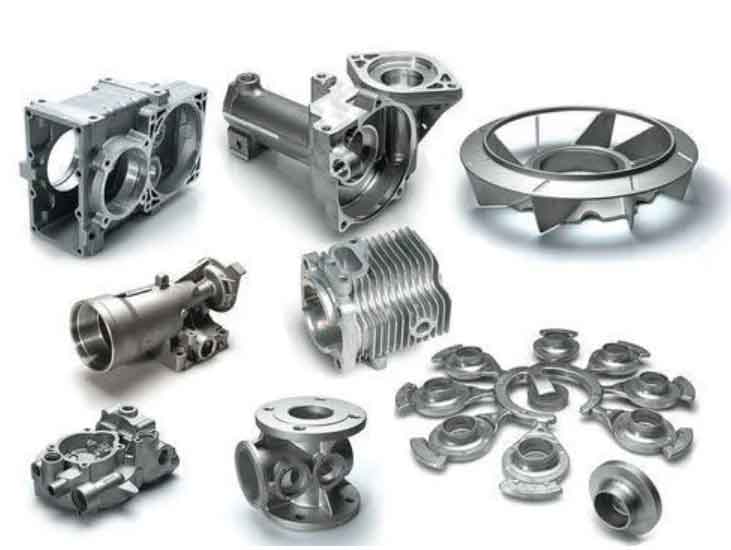
Machining and finishing techniques for grey cast iron parts are essential to achieve the desired dimensions, surface quality, and overall performance of the components. Grey cast iron’s unique microstructure, including the presence of graphite flakes, requires specific machining and finishing approaches. Here are some common techniques used for machining and finishing grey cast iron parts:
- Machining Techniques:
- Turning: Turning is a common machining process for cylindrical grey cast iron parts. Carbide cutting tools are often used to achieve the required dimensions and surface finish.
- Milling: Milling is used for creating complex shapes and features on grey cast iron components. It involves removing material using rotating cutting tools.
- Drilling: Drilling is employed to create holes in grey cast iron parts. Carbide drills are recommended for better tool life.
- Grinding: Grinding is used to achieve tight tolerances, improve surface finish, and remove any surface defects on grey cast iron parts. Cylindrical grinding, surface grinding, and centerless grinding are commonly used techniques.
- Broaching: Broaching can be used to create keyways or other internal shapes in grey cast iron parts.
- Honing: Honing is used to improve the surface finish and achieve precise sizing of bores in grey cast iron components.
- Coolant Selection: When machining grey cast iron, the choice of cutting fluid is crucial. Water-based coolants or cutting oils with additives to manage graphite dust and enhance lubrication are preferred. Coolant should also help in flushing away chips to avoid re-cutting them.
- Cutting Parameters: Proper cutting parameters such as cutting speed, feed rate, and depth of cut are important to ensure efficient machining while reducing tool wear and minimizing the risk of thermal damage.
- Tool Selection: Carbide or ceramic cutting tools are commonly used for machining grey cast iron due to their wear resistance. Polycrystalline diamond (PCD) tools are also suitable for certain applications.
- Finishing Techniques:
- Shot Blasting: Shot blasting can be used to clean and deburr grey cast iron parts, giving them a smooth and clean surface.
- Vibratory Finishing: Vibratory finishing with abrasive media can be used for edge rounding and achieving a uniform surface finish.
- Surface Coating: Applying surface coatings such as paint or powder coating can enhance the appearance and protect grey cast iron parts from corrosion.
It is essential to consider the material’s properties, including the presence of graphite flakes, when selecting machining and finishing techniques for grey cast iron. Careful control of cutting parameters, tool selection, and appropriate coolant use are crucial to avoid excessive tool wear and potential damage to the graphite flakes during machining. Additionally, maintaining a clean and well-maintained machining environment is important to prevent graphite dust contamination and ensure the quality of the finished grey cast iron parts.
